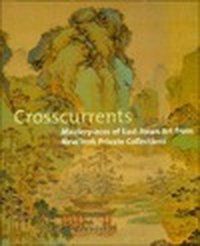Avant-Garde, Internationalism, and Politics: Argentine Art in the Sixties

Summary
The 1960s were heady years in Argentina. Visual artists, curators, and critics sought to fuse art and politics; to broaden the definition of art to encompass happenings and assemblages; and, above all, to achieve international recognition for new, cutting-edge Argentine art. A bestseller in Argentina, Avant-Garde, Internationalism, and Politics is an examination of the 1960s as a brief historical moment when artists, institutions, and critics joined to promote an international identity for Argentina’s visual arts. The renowned Argentine art historian and critic Andrea Giunta analyzes projects specifically designed to internationalize Argentina’s art and avant-garde during the 1960s: the importation of exhibitions of contemporary international art, the sending of Argentine artists abroad to study, the organization of prize competitions involving prestigious international art critics, and the export of exhibitions of Argentine art to Europe and the United States. She looks at the conditions that made these projects possible—not least the Alliance for Progress, a U.S. program of “exchange” and “cooperation” meant to prevent the spread of communism through Latin America in the wake of the Cuban Revolution—as well as the strategies formulated to promote them. She describes the influence of Romero Brest, prominent art critic, supporter of abstract art, and director of the Centro de Artes Visuales del Instituto Tocuato Di Tella (an experimental art center in Buenos Aires); various group programs such as Nueva Figuración and Arte Destructivo; and individual artists including Antonio Berni, Alberto Greco, León Ferrari, Marta Minujin, and Luis Felipe Noé. Giunta’s rich narrative illuminates the contentious postwar relationships between art and politics, Latin America and the United States, and local identity and global recognition.
Similar Books
-
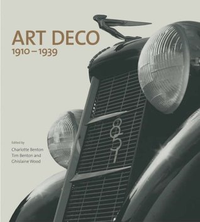 Art Deco 1910-1939
Art Deco 1910-1939by Charlotte Benton
-
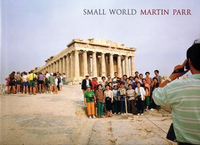 Small World
Small Worldby Martin Parr
-
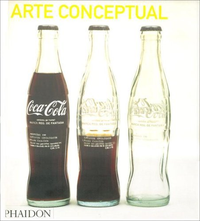 Conceptual Art
Conceptual Artby Peter Osborne
-
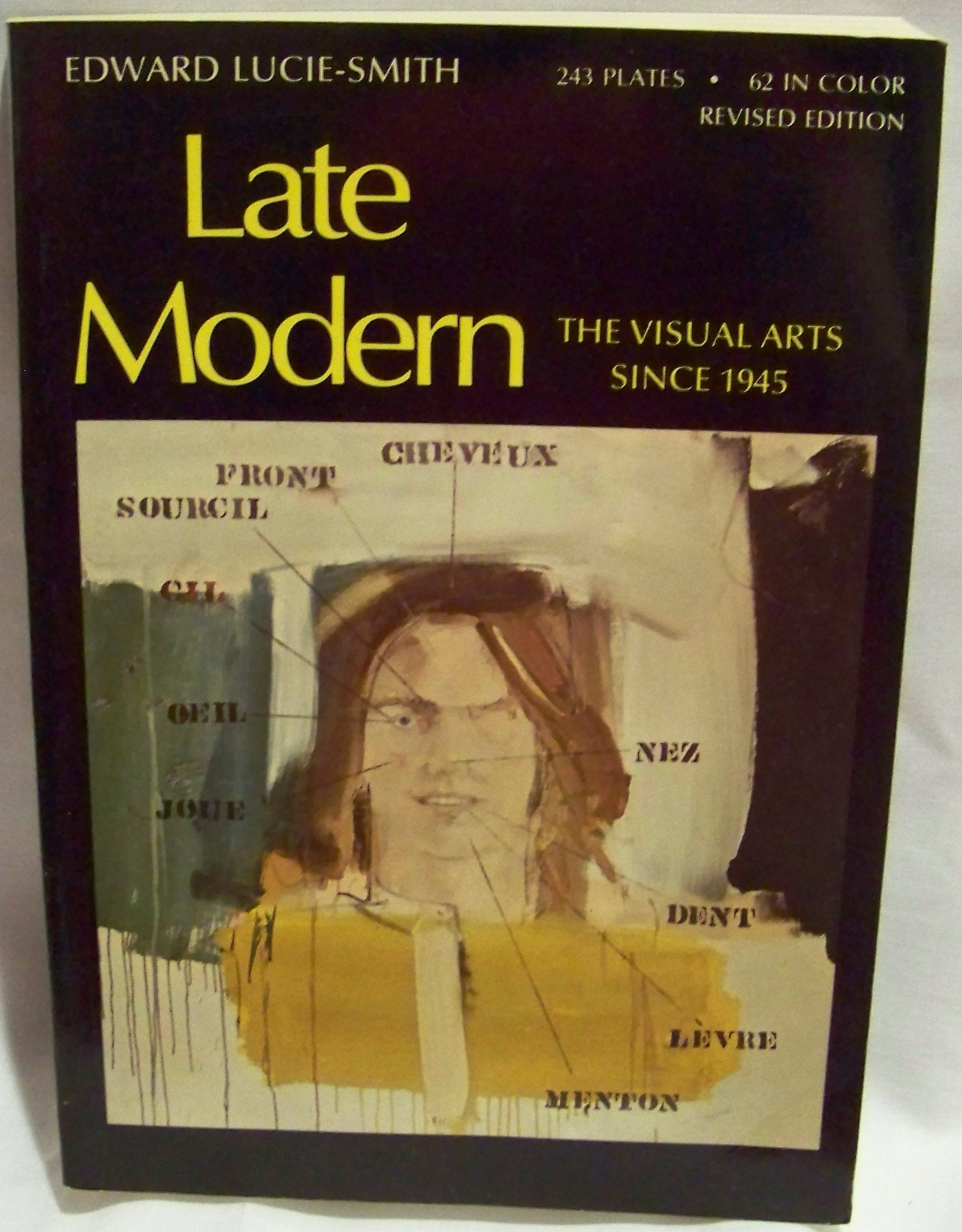 Late Modern: The Visual Arts Since 1945
Late Modern: The Visual Arts Since 1945by Edward Lucie-Smith
-
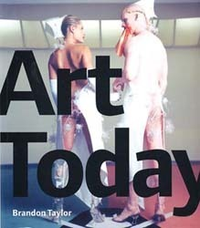 Art Today /anglais
Art Today /anglaisby Brandon Taylor
-
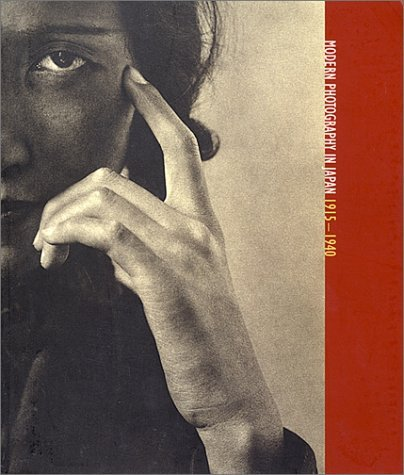 Modern Photography in Japan 1915-1940
Modern Photography in Japan 1915-1940by Ryuichi Kaneko
-
 TokyoLife: Art and Design
TokyoLife: Art and Designby Ian Luna
-
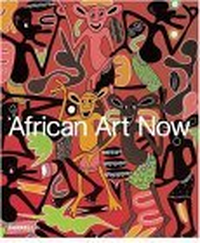 African Art Now: Masterpieces from the Jean Pigozzi Collection
African Art Now: Masterpieces from the Jean Pigozzi Collectionby André Magnin
-
 Africa Remix: Contemporary Art of a Continent
Africa Remix: Contemporary Art of a Continentby Jean-Hubert Martin
-
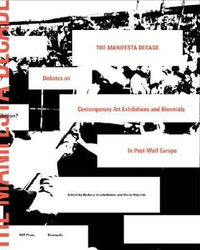
-
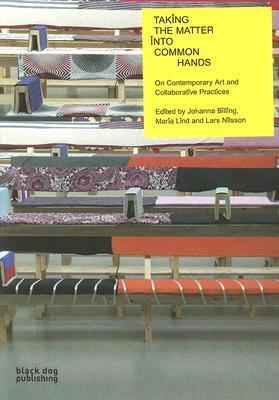
-
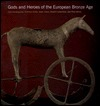 Gods and Heroes of the European Bronze Age
Gods and Heroes of the European Bronze Ageby Katie Demakopoulous
-
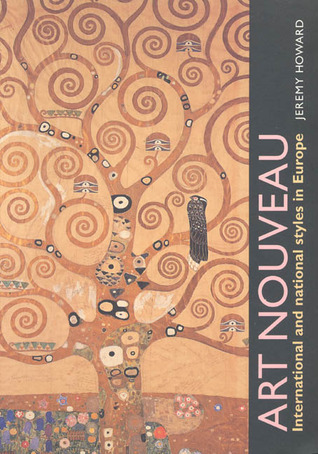 Art Nouveau: International and National Styles in Europe
Art Nouveau: International and National Styles in Europeby Jeremy Howard
-
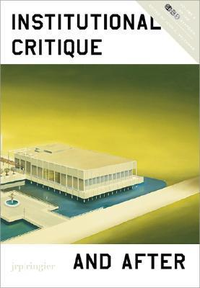 Institutional Critique and After: Soccas Symposium Volume II
Institutional Critique and After: Soccas Symposium Volume IIby Andrea Fraser
-
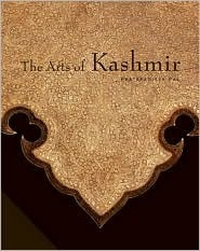 The Arts of Kashmir
The Arts of Kashmirby Pratapaditya Pal
-
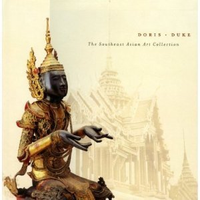 Doris Duke - The Southeast Asian Art Collection
Doris Duke - The Southeast Asian Art Collectionby Nancy Tingley
-
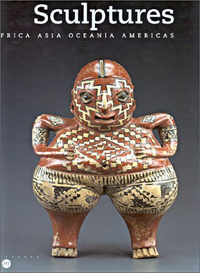 Sculptures: Africa, Asia, Oceania, Americas
Sculptures: Africa, Asia, Oceania, Americasby Musée du quai Branly
-
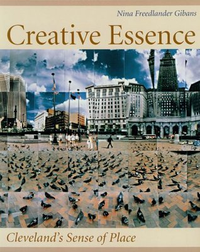 Creative Essence: Cleveland's Sense of Place
Creative Essence: Cleveland's Sense of Placeby Nina Freedlander Gibans
-
 A Collecting Odyssey: The Alsdorf Collection of Indian and East Asian Art
A Collecting Odyssey: The Alsdorf Collection of Indian and East Asian Artby Pratapaditya Pal
-
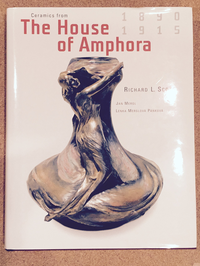 Ceramics From The House Of Amphora 1890-1915
Ceramics From The House Of Amphora 1890-1915by Richard L. Scott
-
 Body and the East: From the 1960s to the Present
Body and the East: From the 1960s to the Presentby Slovenia) Moderna galerija (Ljubljana
-
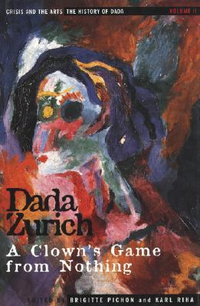
-
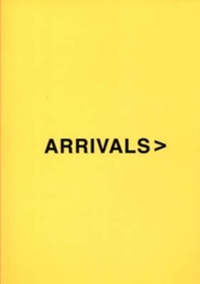 Arrivals
Arrivalsby Various
-
 The American Effect: Global Perspectives on the United States, 1990-2003
The American Effect: Global Perspectives on the United States, 1990-2003by Lawrence Rinder
-
 Art of Indonesia
Art of Indonesiaby Bambang Sumadio
-
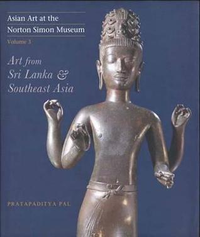
-
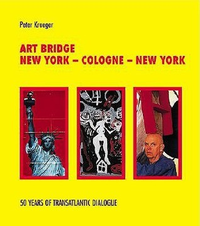 Art Bridge: New York - Cologne - New York
Art Bridge: New York - Cologne - New Yorkby Bill Arning
-
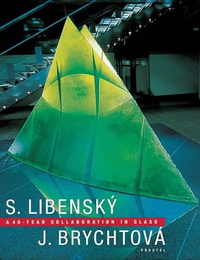
-
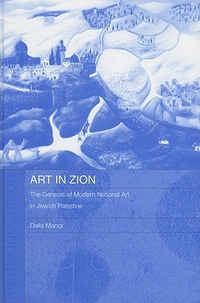
-
 Contemporary African Artists: Changing Tradition
Contemporary African Artists: Changing Traditionby Wole Soyinka
-
 Contemporary African Art: 5 Artists, Diverse Trends
Contemporary African Art: 5 Artists, Diverse Trendsby Dele Jegede
-
 Indonesia: Discovery of the Past
Indonesia: Discovery of the Pastby Pieter Ter Keurs
-
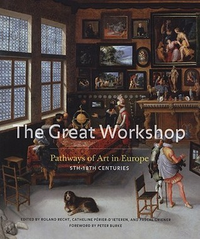 The Great Workshop: Pathways of Art in Europe,
The Great Workshop: Pathways of Art in Europe,by Roland Recht
-
